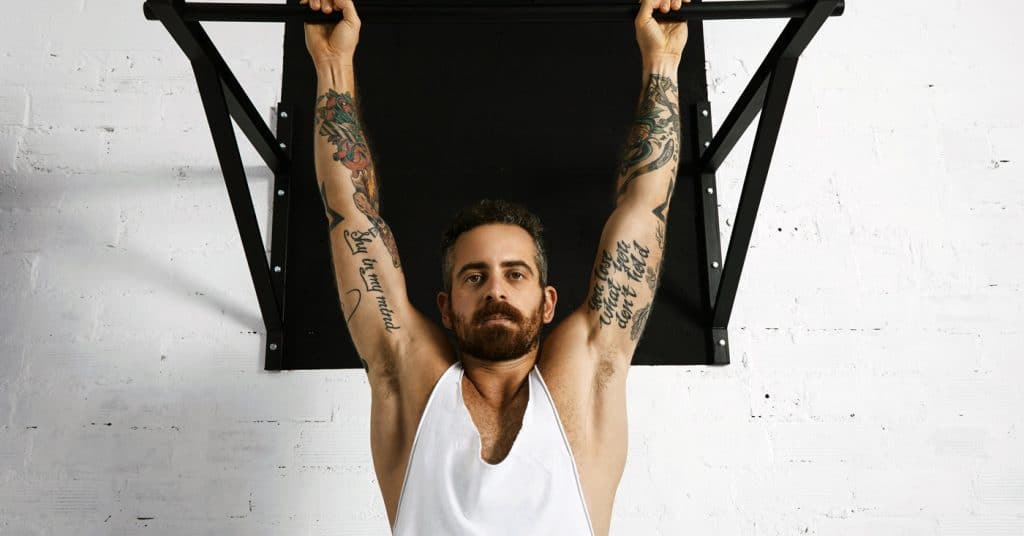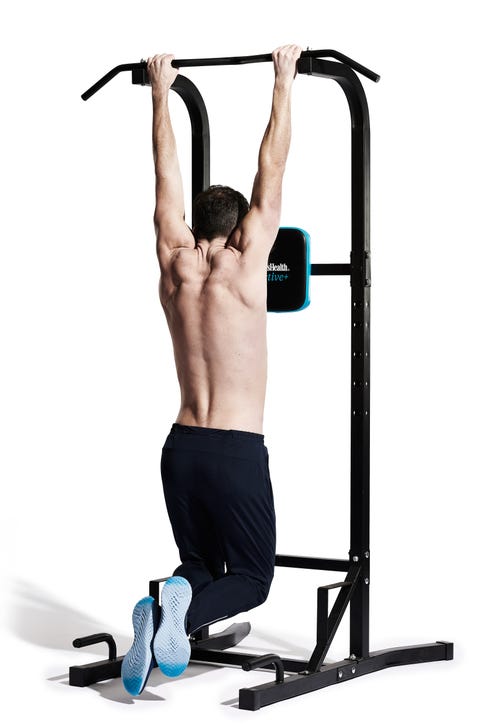Dead hangs are a popular exercise that involves hanging from a bar with your arms fully extended. While it may seem like a simple exercise, dead hangs actually work a variety of muscles throughout your body. In this article, we'll explore the primary muscles worked during dead hangs and how they benefit your overall fitness.
The Benefits of Dead Hangs

Dead hangs are a great exercise for building grip strength and improving your overall upper body strength. They can also help increase your shoulder mobility and flexibility, making them a great addition to any workout routine.
Dead hangs are also a low-impact exercise, making them a great option for individuals with joint pain or other injuries. They can be done at home or at the gym, and require minimal equipment.
Primary Muscles Worked During Dead Hangs

Dead hangs primarily work your upper body muscles, with a focus on your grip strength and back muscles. The following muscles are the primary muscles worked during dead hangs:
Forearms

Your forearms are heavily engaged during dead hangs, as they are responsible for maintaining your grip on the bar. This helps build grip strength and can improve your overall performance in other exercises such as pull-ups and deadlifts.
Upper Back

Your upper back muscles, including your latissimus dorsi and trapezius muscles, are also heavily engaged during dead hangs. These muscles help stabilize your shoulders and spine, and are important for maintaining good posture.
Shoulders

Your shoulder muscles, including your deltoids and rotator cuff muscles, are also engaged during dead hangs. This helps improve your shoulder mobility and flexibility, which can be beneficial for preventing injuries and improving your overall performance in other exercises.
How to Perform Dead Hangs

To perform dead hangs, follow these steps:
- Find a sturdy bar or pull-up bar and grasp it with your hands shoulder-width apart.
- Hang from the bar with your arms fully extended and your feet off the ground.
- Engage your core muscles and focus on keeping your shoulders down and back.
- Hold the position for as long as you can, aiming for 30 seconds to start and gradually increasing your time as you get stronger.
- Release the bar and rest for 30-60 seconds before repeating for multiple sets.
Conclusion
Dead hangs are a simple yet effective exercise that can help improve your grip strength, upper body strength, and shoulder mobility. By engaging your forearms, upper back, and shoulders, dead hangs provide a full-body workout that can be easily incorporated into your exercise routine. Whether you're a beginner or an experienced athlete, dead hangs are a great way to challenge yourself and improve your overall fitness.